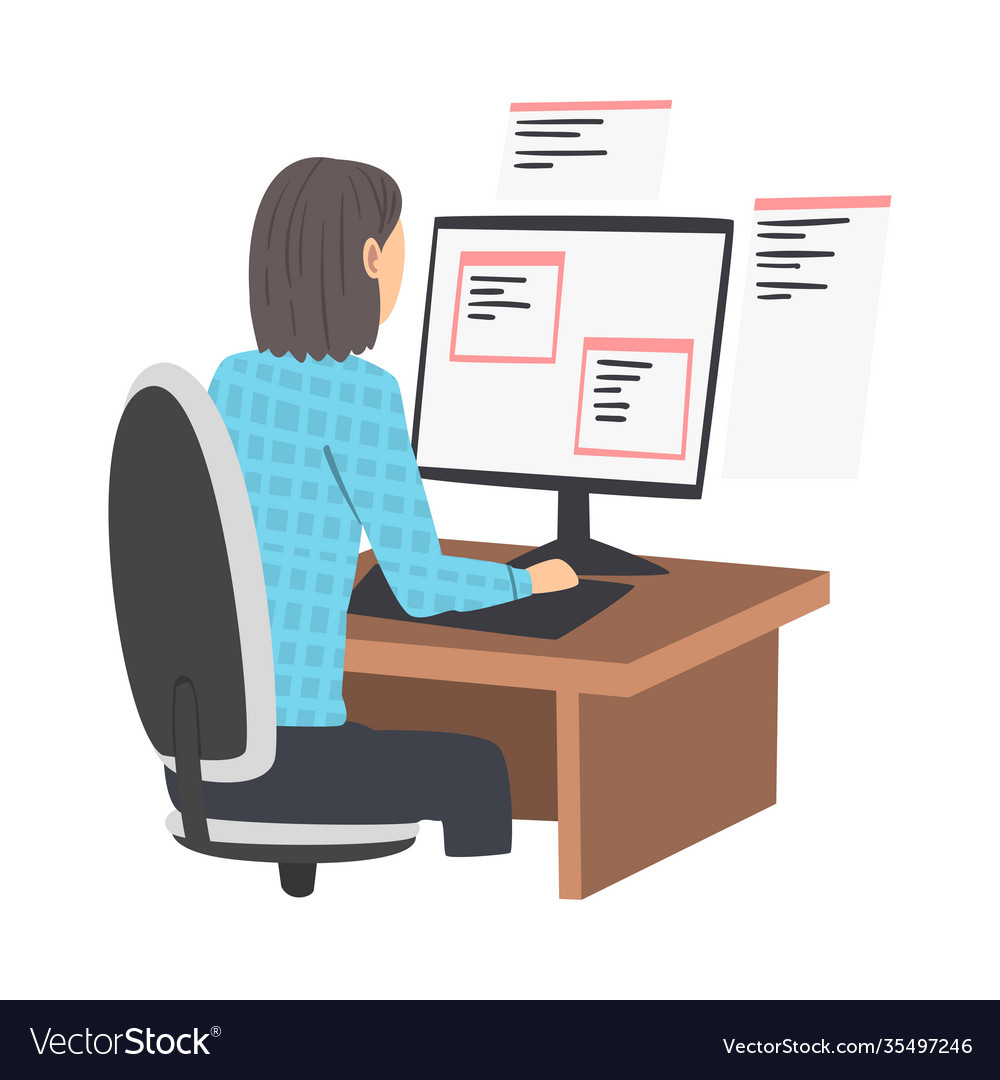Discover the Benefits of Nearshore Software Development for Your Team
Discover the Benefits of Nearshore Software Development for Your Team
Blog Article
Committed Developers vs. In-House Teams: Which Is Right for You?
The decision in between using dedicated programmers and keeping an in-house team is a substantial one that can affect the trajectory of your projects and total business approach. Committed developers supply a level of versatility and specific experience that can be beneficial for specific, temporary efforts. On the other hand, internal teams add to a cohesive company culture and a nuanced understanding of long-lasting goals. By checking out vital factors such as budget, project range, and preferred control, you can better identify which technique aligns with your business needs. Nonetheless, the ramifications of this selection expand beyond prompt results-- take into consideration the more comprehensive effect on your company landscape.
Comprehending Devoted Developers
The growing need for specialized abilities in the technology sector has actually caused the introduction of specialized programmers as a feasible remedy for numerous companies. These specialists are usually acquired on a job basis, enabling business to take advantage of particular experience without the long-lasting commitment related to full-time hires. Dedicated designers are usually ingrained within a client's group, giving flexibility and scalability to meet job needs.
This design enables companies to access an international skill pool, which is especially beneficial in a quickly developing technological landscape. Devoted programmers can be sourced from numerous geographical areas, ensuring that companies can locate the right ability at affordable prices. They often bring a riches of experience and understanding, having worked with diverse projects across various markets.
Additionally, dedicated developers can focus exclusively on the tasks at hand, improving efficiency and effectiveness. They are outfitted to incorporate seamlessly right into existing workflows, working together very closely with in-house groups to accomplish project purposes. This approach not just reduces the concern of recruitment and training but likewise allows companies to remain active, adapting swiftly to altering market needs and technical improvements.
Advantages of In-House Teams

In addition, internal teams often tend to have a much deeper understanding of the company's goal, worths, and objectives. This alignment can enhance employee interaction and inspiration, as employee really feel much more connected to their work and the organization's success. In addition, having a dedicated internal group enables better placement of methods and purposes, as these participants are constantly concentrated on the company's concerns.
In-house groups additionally assist in quicker decision-making processes, as they can react a lot more quickly to modifications and difficulties. The recognized relationships and experience with firm procedures enable for structured workflows and lowered miscommunication. Ultimately, the combination of a natural culture, alignment with business objectives, and efficient communication makes internal groups a useful asset for lots of companies, especially those looking to cultivate long-lasting growth and advancement.
Expense Considerations
When examining cost considerations, both in-house teams and devoted developers present unique monetary ramifications for companies. Engaging dedicated designers generally involves a pay-per-project or hourly price model, which can be economical for organizations with fluctuating job demands. This technique permits for adaptability in scaling resources up or down, guaranteeing that companies just pay for the services they require.
In comparison, in-house groups require repaired costs, consisting of incomes, benefits, and overhead expenditures such as workplace room and tools. While this model supplies higher control and prompt schedule of resources, it may lead to greater lasting expenses, specifically if the work does not justify a permanent personnel.
Additionally, business need to take into consideration the surprise prices related to employment and training of in-house staff members, which can better strain spending plans. In many cases, the moment and sources invested on handling an internal team can interfere with the organization's core organization objectives.

Job Monitoring and Flexibility
Task management and flexibility are critical factors that influence the selection in between internal groups and specialized designers. Dedicated programmers usually provide a high degree of flexibility, allowing organizations to range resources up or down based upon task demands. This dexterity can be specifically useful for services experiencing fluctuating workloads or those looking for to innovate rapidly. Committed teams often have established procedures for handling tasks efficiently, leveraging specific techniques like Agile or Scrum, which help with repetitive progression and versatility.

Eventually, the selection in between specialized designers and internal teams rests on the desired level of adaptability and the details project monitoring demands. Firms must examine their functional dynamics, task intricacy, and source schedule to identify which option click this link aligns best with their strategic purposes.
Making the Right Selection
Selecting the right growth strategy-- specialized designers or in-house groups-- needs a mindful evaluation of various elements that straighten with a company's calculated goals. software development staff augmentation. First, consider the nature of the task. If it requires specialized skills or a fast scale-up, devoted developers might be better. Conversely, internal groups can give much better connection and assimilation with existing personnel.
Next, examine your spending plan. Committed designers typically provide a cost-effective option for temporary projects, while in-house teams might sustain greater long-lasting expenses because of incomes, advantages, and expenses costs. Analyze the degree of control and collaboration preferred; internal groups typically cultivate stronger communication and alignment with firm culture.
In addition, think about the time structure. If immediate outcomes are essential, committed developers can be onboarded quickly, whereas developing an internal team takes some time for recruitment and training. Consider the long-term vision of your organization. Spending in an in-house team may produce much better returns over time if continual advancement is vital. Inevitably, the choice pivots on a complete analysis of these elements, making certain placement with your firm's total goals and functional demands.
Final Thought
Finally, the choice in between internal groups and devoted designers rests on task needs and organizational goals. Committed developers offer adaptability and specialized knowledge, making them ideal for temporary efforts. Alternatively, in-house groups grow a cohesive culture and much deeper alignment with long-term objectives. Cautious evaluation of budget restrictions, job timelines, and preferred control degrees is necessary for determining the most proper approach, guaranteeing alignment with strategic concerns and functional performance.
The choice in between utilizing specialized developers and maintaining an internal team is a considerable site web one that can affect the trajectory of your projects and total service technique.Project monitoring and flexibility are crucial factors that influence the selection between in-house groups and committed developers. dedicated development team.In comparison, internal teams may stand out in keeping a regular web and app development companies task administration structure due to their experience with the organization's culture and lasting goals. Committed programmers usually present a cost-efficient solution for temporary projects, while in-house teams might incur greater long-term expenditures due to salaries, advantages, and expenses costs.In final thought, the choice between in-house groups and devoted developers pivots on project demands and organizational goals
Report this page